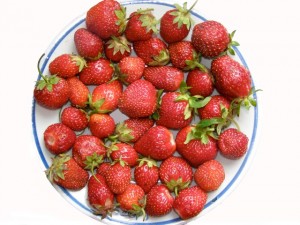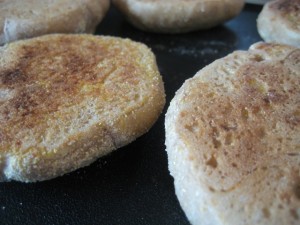 Question:
Question:
I have a 9th grade daughter that really struggles in writing. She does not like writing so it has always been a battle and I have not pushed it nearly enough. Now I find she is really behind in writing and I am feeling panicked because writing is so important to every other subject. Do you have any suggestions of how to help an older student learn to be a better writer? I really feel like I have failed her.
I do have your Journal and Language Arts program and will be using that with my 4th grade son soon. Should I use that to get my daughter started too?
Answer:
Yes, I would start your daughter on the Journal program too. It is a great way to learn to write! You can use a notebook with wide ruled paper (or have her type it on the computer, teaching her how to use the spell check feature). Every day, have her write a journal entry of at least 3 paragraphs. At first, do not comment on grammar, spelling, neatness, correctness. Just get her writing. She can write about anything she wants—no restrictions on topic or use of slang, etc. You are just trying to get her writing.
 So, for the first week, have her write her 3 daily paragraphs. If this is too overwhelming, start with sentences—such as 5 sentences, and then move up your requirement every few days or week, until she is writing 3 paragraphs per day. If she is totally stumped, get Kids Talk and have her choose a card to write about each day. Note: this is not her private journal, which she will keep on her own. This is her “School Journal”. She can choose any subject, but you have to be able to read it.
So, for the first week, have her write her 3 daily paragraphs. If this is too overwhelming, start with sentences—such as 5 sentences, and then move up your requirement every few days or week, until she is writing 3 paragraphs per day. If she is totally stumped, get Kids Talk and have her choose a card to write about each day. Note: this is not her private journal, which she will keep on her own. This is her “School Journal”. She can choose any subject, but you have to be able to read it.
Once she is writing daily and it is going smoothly, then it is time to ease her into self-correcting. Start by teaching her the spell check feature on your computer—misspelled words are visible as the underlined words. Teach her how to check the word using the spell check feature. Have her copy and paste the corrected word onto a spelling list document. This spelling list should be studied daily, along with the new words being added to it daily from her writing. On Friday, give her a spelling quiz. Any misspelled words from the quiz go onto next week’s spelling document. Have her print the corrected version, hole punch it, and store it in a binder.
 If she is doing her writing by hand in a journal, have her write in either pencil or erasable pen so it can be corrected, and when you check her work, put a little erasable tick mark in pencil at the beginning of the sentence that has a misspelled word, and let her try to figure which word it is. Often she will say, “Oh, I thought that was misspelled” and identify the word. Have her correct the word and add it to the spelling list as described above, and study for the Friday quiz. A book I really recommend is How to Spell it, because no matter how the word is spelled, she will be able to find it in this handy book, and correct the spelling.
If she is doing her writing by hand in a journal, have her write in either pencil or erasable pen so it can be corrected, and when you check her work, put a little erasable tick mark in pencil at the beginning of the sentence that has a misspelled word, and let her try to figure which word it is. Often she will say, “Oh, I thought that was misspelled” and identify the word. Have her correct the word and add it to the spelling list as described above, and study for the Friday quiz. A book I really recommend is How to Spell it, because no matter how the word is spelled, she will be able to find it in this handy book, and correct the spelling.
Keep working on having her identify and correct her spelling for a few weeks. If she is misspelling a large number of words, then just choose the most common words to correct. Work at it gradually until she learns those words and can spell them correctly in her writing, and then move on to correcting more words. Don’t overwhelm her. Nobody wants to write if they have to go back and correct every third word! Ten spelling words per week is plenty.
As soon as she adjusts to having her spelling corrected and to working on looking things up (before she misspells them), you can move on to the next step, which is getting her punctuation correct, and making sure she capitalizes words properly. You can find the rules for punctuation in my Journal and Language Arts program. I also recommend Writing in Style as a good overview.
Keep going with this, working through the mechanics of good writing, all via her daily writing (on her choice of topics). Don’t worry about topic. My son spend an entire year writing about knights and medieval times and how to build catapults, and his writing still improved dramatically! The topic doesn’t matter, and allowing them total freedom to choose a topic keeps their interest high.
 When she is accustomed to daily writing, and is able to correct any errors you note when you check her daily writing, she is ready for a good writing program. I like the Wordsmith series, starting with Wordsmith Apprentice.
When she is accustomed to daily writing, and is able to correct any errors you note when you check her daily writing, she is ready for a good writing program. I like the Wordsmith series, starting with Wordsmith Apprentice.
Just ease into it, step by step, and you’ll soon see her writing improve dramatically, and maybe she’ll really enjoy it and want to write stories, poems and more.
You’re on your way!























